If you think the food on your plate is safe just because it’s on a grocery shelf, think again. The United States has surprisingly loose regulations around food additives, preservatives, and colorants—many of which have been banned in other countries due to serious health concerns. From endocrine disruptors to cancer-linked dyes, these chemicals are still showing up in U.S. kitchens, despite the mounting science against them.
Why the disconnect? Some say it’s Big Food lobbying. Others blame outdated regulations that haven’t kept pace with global science. Whatever the reason, the U.S. continues to permit ingredients that are illegal in Europe, Japan, Australia, and beyond. Here’s a breakdown of the most toxic offenders still lurking in your pantry—and why other nations decided they weren’t worth the risk.
1. Potassium Bromate
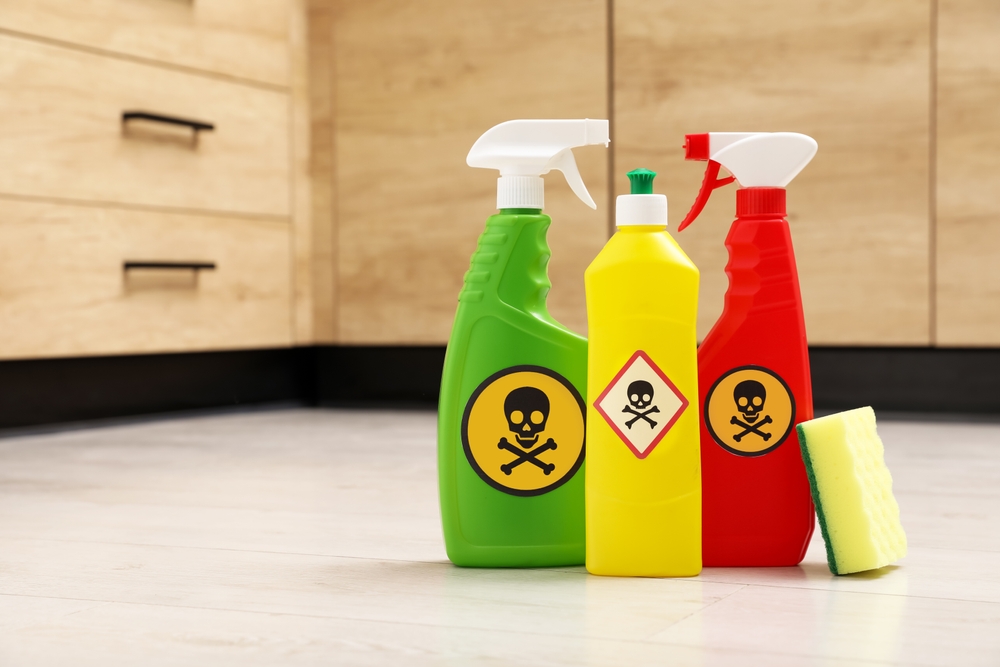
Used to strengthen dough and make bread rise higher, potassium bromate is a common additive in packaged baked goods in the U.S. But in countries like the U.K., Canada, and the European Union, it’s been banned for years due to its potential to cause cancer. According to the Center for Science in the Public Interest, animal studies have shown it causes tumors in the kidneys, thyroid, and other organs.
Despite mounting evidence, the FDA still allows it, though some companies have quietly started removing it due to consumer pressure. That warm, fluffy bun at your drive-thru? It might be hiding a dangerous secret. Opt for freshly baked or organic breads if you want to steer clear.
2. BHA (Butylated Hydroxyanisole)
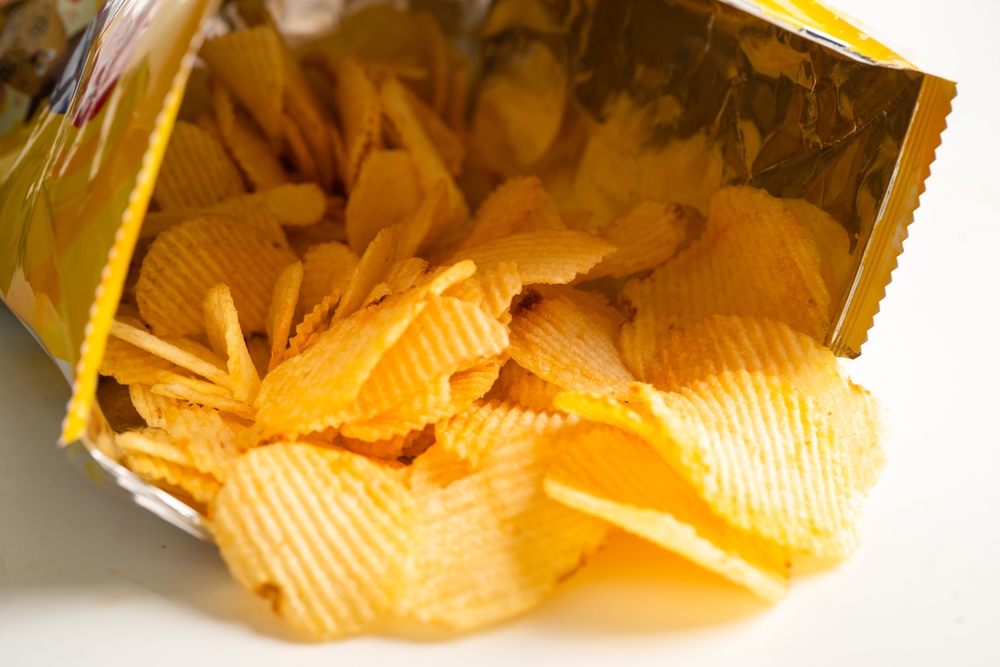
This synthetic antioxidant is used to prevent fats and oils from going rancid, so you’ll find it in everything from cereal to chips. The catch? BHA is classified as a possible human carcinogen by the International Agency for Research on Cancer. According to the National Institutes of Health, studies have linked BHA tumors in the stomachs of rodents.
The EU, Japan, and Canada have restricted or banned its use in food. Meanwhile, in the U.S., it’s still legal and widely used. If you’re concerned, avoid ultra-processed snacks and look for labels that are free from synthetic preservatives.
3. Brominated Vegetable Oil (BVO)

BVO was once a staple in citrus-flavored soft drinks to keep the flavor evenly distributed, but it contains bromine, a chemical also used in flame retardants. It’s been linked to headaches, memory loss, and even skin and nerve problems with long-term exposure. As reported in the New York Post, the Mayo Clinic confirms that several countries have banned BVO in foods, including the EU, India, and Japan.
While companies like PepsiCo have removed BVO from many of their drinks, it’s not outlawed in the U.S., so check labels on older or lesser-known brands. If you still spot it, walk away. Your soda shouldn’t contain an ingredient shared with fire retardants.
4. Azodicarbonamide (ADA)

This chemical makes bread dough fluffier and is also used in yoga mats and shoe soles—yes. ADA has been linked to respiratory issues and other health problems, which is why it’s banned in Europe and Australia. Yet in the U.S., it’s still approved for use in bread products, fast food buns, and frozen dinners.
The backlash peaked when consumers learned it was in Subway’s sandwich rolls, prompting the chain to remove it. But many other brands still quietly use ADA in their recipes. “Mat yoga, don’t eat it” should not be a controversial statement.
5. Synthetic Food Dyes (Red 40, Yellow 5, etc.)
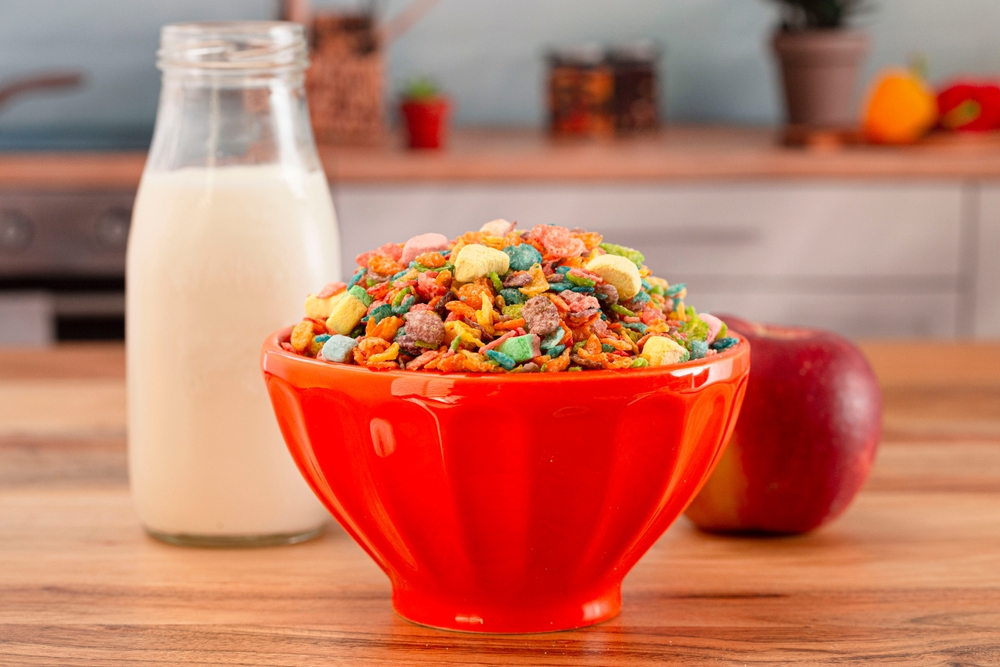
Brightly colored cereals, candies, and sodas get their hues from synthetic dyes, many of which are banned abroad. Red 40, Yellow 5, and Yellow 6 have been linked to behavioral issues in children and potential cancer risks. As reported in Women’s Health, the Environmental Working Group confirmed these dyes are outlawed in the EU unless accompanied by warning labels.
In contrast, the U.S. allows them without warning. Brands often create safer versions for international markets, but not at home. Want to avoid these dyes? Look for products with natural colorants like beet juice or turmeric.
6. rBGH and rBST (Synthetic Growth Hormones)
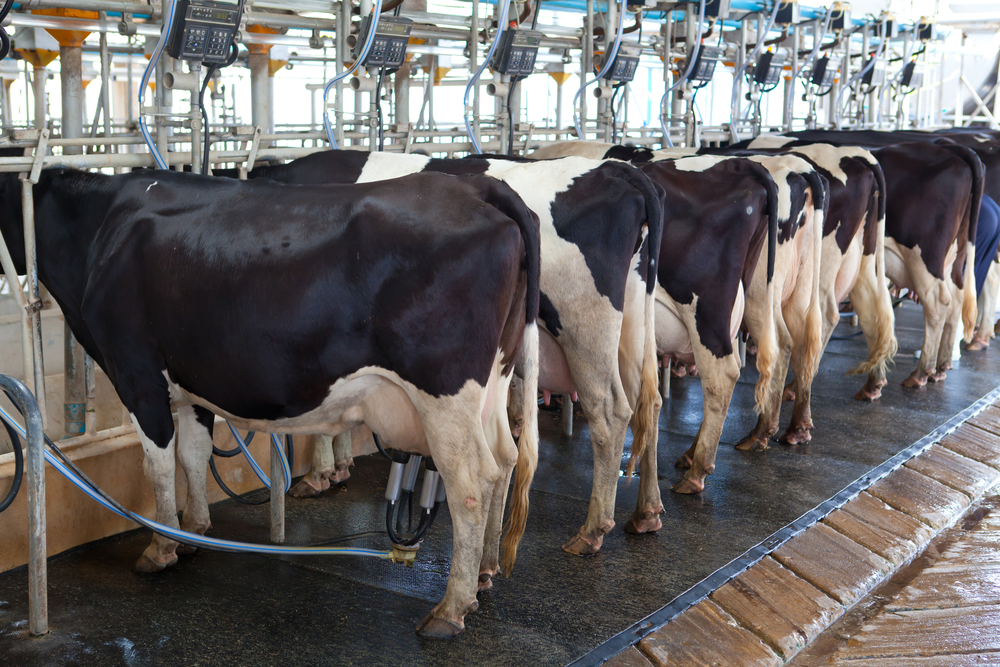
These hormones are injected into cows to increase milk production, but they’ve been linked to increased risks of breast, colon, and prostate cancers in humans. The European Union, Canada, and Japan have banned both due to health and animal welfare concerns. Yet in the U.S., these growth hormones are still legal and used in conventional dairy farming.
The FDA has approved them, but many dairy producers now voluntarily label products “rBGH-free” to meet growing consumer demand for cleaner milk. If hormone-free matters to you, stick to organic or clearly labeled dairy products.
7. Arsenic-Based Drugs in Chicken Feed

Yes, you read that right: arsenic. Some U.S. chicken producers have used arsenic-based drugs in feed to promote growth and control parasites. The problem? Arsenic is a known carcinogen, and trace amounts can remain in the meat.
According to the FDA, some forms of these drugs have been voluntarily phased out, but there’s still no official nationwide ban. The EU has outlawed all arsenic-based animal drugs. Want clean protein? Stick to organic or pasture-raised poultry from trusted sources.
8. Propylparaben

Used as a preservative in baked goods, tortillas, and even cosmetics, propylparaben is an endocrine disruptor that may interfere with hormone function. Europe banned it in food back in 2006, but the U.S. has not followed suit. Research has linked it to decreased sperm count and fertility issues.
It’s one of those sneaky ingredients that doesn’t sound alarming—until you realize how often it appears. Check labels, especially on shelf-stable pastries and snacks. Your hormones will thank you.
9. Olestra

This fat substitute was marketed as a guilt-free way to enjoy chips and snacks—but it famously caused digestive disasters like cramps and “anal leakage.” It’s banned in Canada and the U.K., yet it’s still technically legal in the U.S. The FDA requires a warning label, but some brands still quietly use it.
Olestra blocks the absorption of fat-soluble vitamins like A, D, E, and K. That “low-fat” chip might actually rob your body of essential nutrients. If the warning sounds too wild to be true, that’s a red flag in itself.
10. TBHQ (Tertiary Butylhydroquinone)
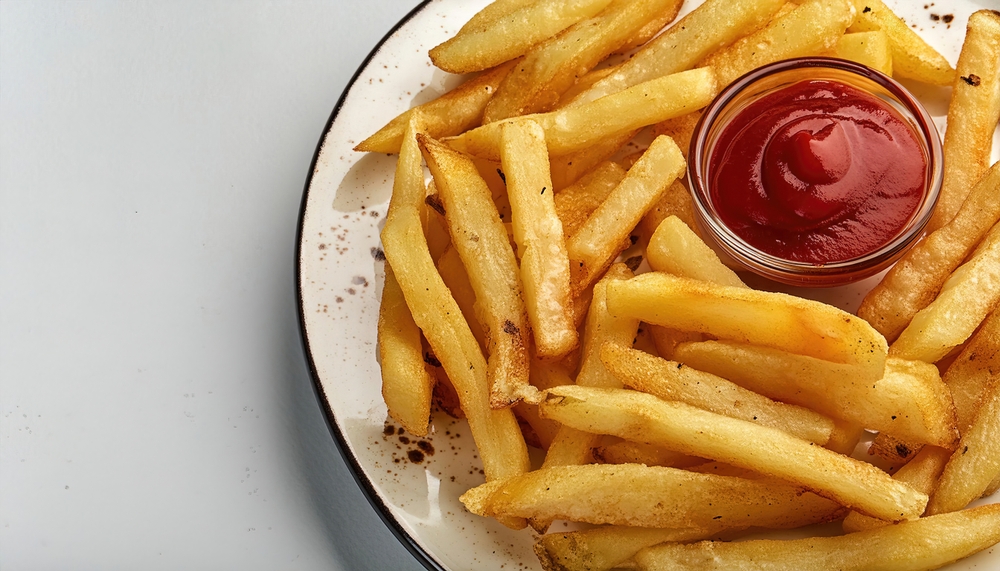
Found in frozen meals, crackers, and fast food fries, TBHQ is a petroleum-based preservative. It’s been linked to tumors in animal studies and potential negative impacts on the immune system. While small amounts are considered safe by U.S. standards, the EU and Japan have much stricter limits.
TBHQ extends shelf life—but at what cost? If the ingredient sounds more like engine cleaner than food, it’s worth avoiding. Stick to whole, fresh ingredients when you can.
11. Ractopamine

This drug is used in pigs to promote lean muscle growth but has been linked to heart problems and behavioral issues. More than 160 countries, including China, Russia, and the European Union, have banned it. Yet in the U.S., it’s still allowed in pork production.
If you eat bacon, sausage, or pork chops regularly, look for “no ractopamine” labels or buy organic. This one’s a global outlier that many Americans don’t even know they’re consuming.
12. Aluminum Additives
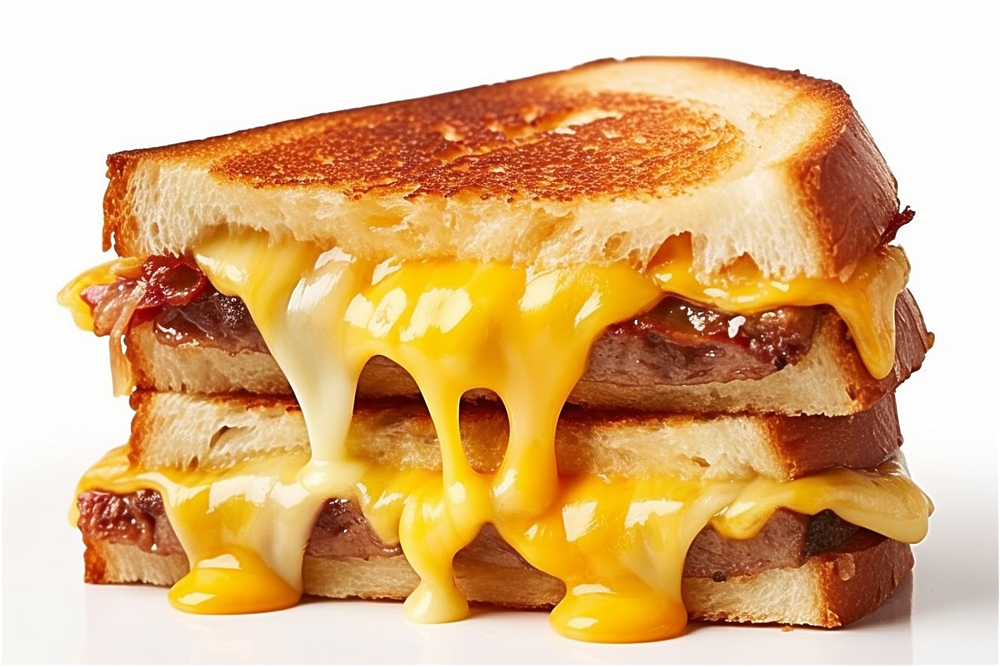
Aluminum compounds are used in processed cheese, baking powder, and some pickles to enhance texture and shelf life. But aluminum has been linked to neurological issues and is considered a neurotoxin in high doses. Europe has limited its use in food, yet the U.S. still permits it broadly.
While occasional consumption won’t harm most people, daily exposure adds up. Want to avoid it? Check ingredient lists for anything containing “aluminum” and opt for aluminum-free baking powder.
13. Carbon Monoxide In Packaged Meat
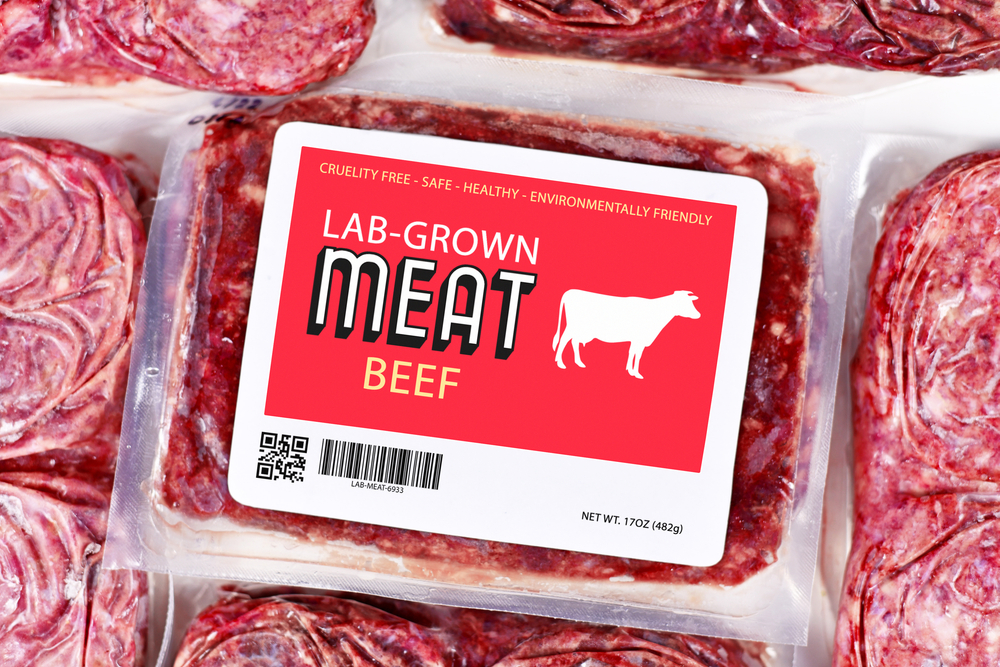
Sounds horrifying, but it’s true—some meat producers use carbon monoxide to preserve that “fresh red” color in packaged meat. While it makes the meat look appealing, it doesn’t reflect actual freshness, which can be dangerous. Canada, Japan, and the EU have banned the practice.
In the U.S., it’s still used—especially in big-box stores and large meatpacking operations. Your best bet is to buy from a butcher or look for vacuum-sealed, clearly dated packages.
Natasha is a seasoned lifestyle journalist and editor based in New York City. Originally from Sydney, during a stellar two-decade career, she has reported on the latest lifestyle news and trends for major media brands including Elle and Grazia.


